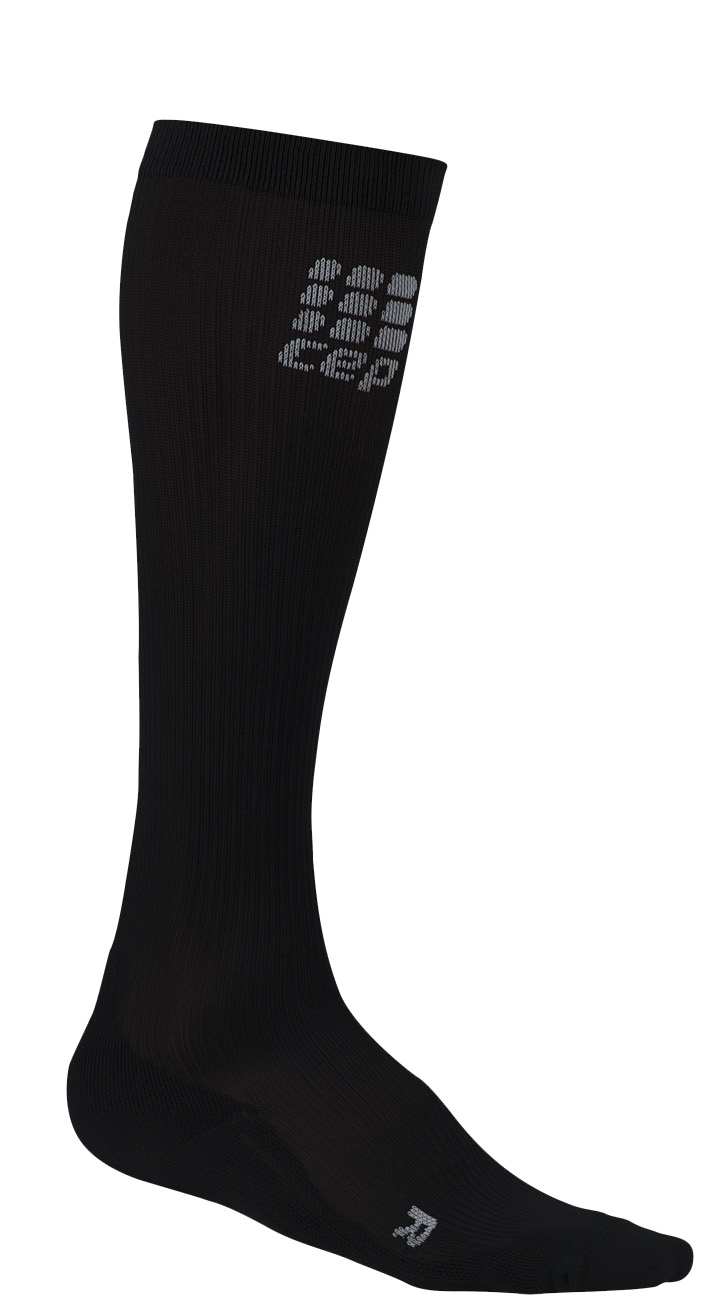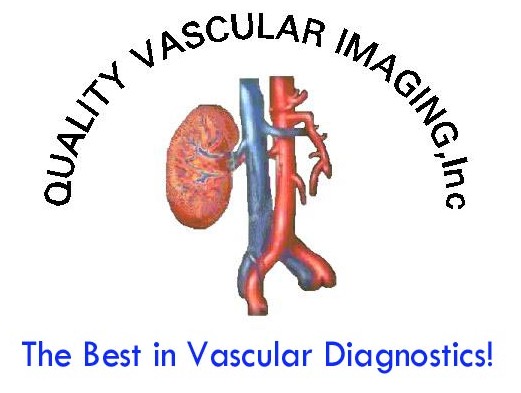
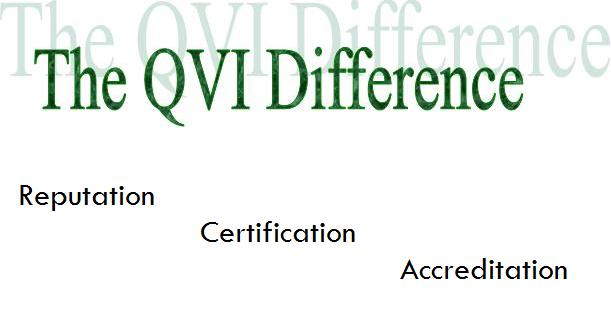
All about Angioplasty and Stents If you have had an angioplasty with or without a stent, follow-up is typically recommended to check for initial results as well as longer term success. Ultrasound, because of its non-invasive nature and its ability to evaluate flow patterns, is the test of choice and QVI is the place to have this follow-up performed. Because of our expertise, QVI is a partner with Massachusetts General Hospital and a company called VasCore for the purpose of obtaining studies and data from patients who have had an experimental device placed in an artery. Manufacturers of these devices are required to show the efficacy and durability of all stents prior to approval to be used in everyday clinical practice. Ultrasound is the preferred method to determine the effectiveness of these procedures because it is noninvasive, relatively inexpensive, and most importantly accurate. Additionally, it shows the anatomy in great detail as well as the physiologic effects of any pathology and/or improvement following the procedure. QVI is a certified laboratory for performing follow-up studies for virtually all stents currently undergoing FDA approval for clinical use. Our vast experience with all aspects of vascular disease and testing procedures as well as the expertise of our sonographers allows us to provide the detailed information required by VasCore (who complies the data) and the FDA requirements. What is a stent? These include a variety of devices but are generally a wire mesh tube that is inserted inside the artery. Treatment of an arterial blockage with a stent basically involves an interventional procedure that uses a balloon catheter to perform an angioplasty. A wire catheter is inserted in the artery usually through a vessel at the groin (although different locations may be used). A balloon catheter is placed over the wire and the balloon is positioned in the area of narrowing. The balloon is inflated, expanding the narrowed opening, then deflated and removed. Sometimes, this is all that is needed however studies show that a significant number of balloon angioplasties will re-narrow and sometimes fairly quickly. A large number of studies have shown that in many situations, placing a stent in this area will serve to "hold the artery open" and minimize the incidence of re-narrowing. There are many variations of stent design and materials. Recently, drug impregnated stents have shown promise in limiting the amount of re-narrowing that may occur. Fig 1 Figure 1 - The stent is placed over the balloon and positioned in the narrowed area. The balloon is inflated which squeezes open the narrowing. When the balloon is deflated, the stent is left in place to help hold the artery open. All stents should have follow-up, not just experimental ones. Even with the best technique, re-narrowing can occur and documentation of a normally functioning stent is important. If you have had an interventional procedure, you should have your follow-up testing with us. These vessels are different than evaluating native vessels and because of our experience with follow-up of stented arteries, we are the experts in this procedure.
"Gee, this sounds like a great treatment - Why aren't all blockages treated this way?" There are risks and benefits to every treatment and ultimately what works best depends upon the patient, their overall condition, and the lesion(s) in questions. You doctor is best suited to explain the risks and benefits of each potential choice. Potential Benefits
Risks - Major complications following angioplasty are uncommon but.....
What are the limitations of Angioplasty and Vascular Stenting?Angioplasty with vascular stenting is just one way to treat narrowed or blocked arteries. Medications and exercise are often the first step in treating blockages. Angioplasty does not reverse or cure the underlying disease of arteriosclerosis. It is important for patients to make lifestyle changes and actively control risk factors such as eating a healthy diet that is low in saturated fat, getting adequate exercise and not smoking. Individuals with diabetes, high blood pressure and high cholesterol need to follow the treatment plan prescribed by their healthcare providers. Angioplasty and stenting may have to be repeated if the same artery becomes blocked again, a condition called restenosis. Angioplasty and vascular stenting for peripheral arterial disease (PAD) affecting arteries in the pelvis and legs are less successful when there are multiple leg vessels that are narrowed or when small vessels have to be opened. Any patient with PVD can benefit from eating a proper diet, getting regular exercise and controlling blood cholesterol. Angioplasty and stent placement in the carotid artery has been approved by the FDA, but there is not much long-term data to know how well this works, or if there are potential complications that can develop from stents being placed in the carotid arteries. A filter device is used during stent placement to try and help keep blood clots and other plaques from passing into the brain during the procedure, thereby lowering the risk of stroke. In contrast, surgical repair has been done for many years and has been proven effective and safe when done by skilled surgeons. If you have vascular disease severe enough to warrant intervention, you should discuss what the potential risks and benefits are in your particular situation with your physician! |
QVI Home Virtual Vein Center Why QVI really is the Best in Vascular Ultrasound! Case of the Month Patients Referring Physicians Health Professionals Site Map |
Current Happenings

Introducing our new educational website.

Virtual Vein Center is a new concept in educational delivery. Get the education you need and want, when you need it. If you need CME, you can get them here as well.
To read more about it, click here for a complete page. Feel free to go to the site and browse around.

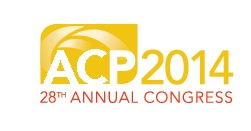
Several QVI staff took time to attend the 2014 American College of Phlebology Annual Congress in Phoenix Arizona in November to deliver numerous workshops and lectures. It was a high quality meeting as usual. The complete program is available for download here.


The 2014 SVU Annual Conference was held in Orlando and several QVI attended and presented numerous presentations. Jeannie was also honored as a Fellow of the SVU.
To read more

Jeannie recently attended the 25th Society of Vascular Medicine 2014 Annual Conference as an invited speaker in La Jolla, Ca. Her numerous lectures were very well received.

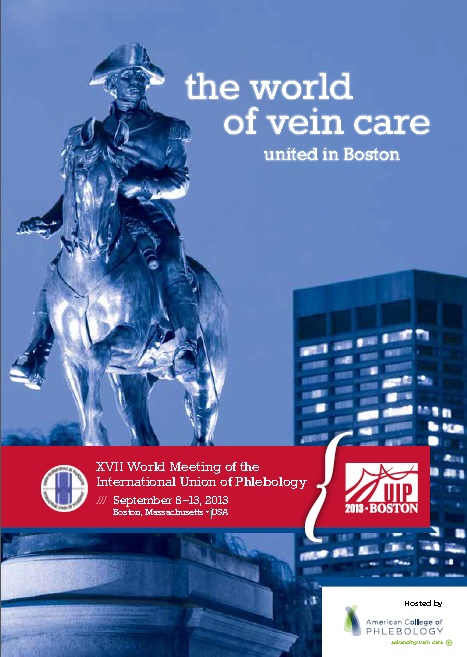
The International Union of Phlebology, in conjunction with the American College of Phlebology held its World Meeting in Boston in September 2013. Held only every 4 years, this was the first time ever in the US. Several QVI staff were invited speakers presenting some original scientific research.

Sydney, Australia

Bill was the International Keynote Speaker at the Australian Sonographer Association Annual National Conference in Sydney.
What a great experience!
To read more about this and our other international teaching


QVI was once again awarded the D.E. Strandness Award for Scientific Excellence at the 2013 SVU Annual Conference.
To read more -

Medical Compression socks continue to be on the forefront of venous treatment. Recently, they have entered the realm of the athlete. To learn more about what compression socks can do you you, please visit compressionsocks.pro

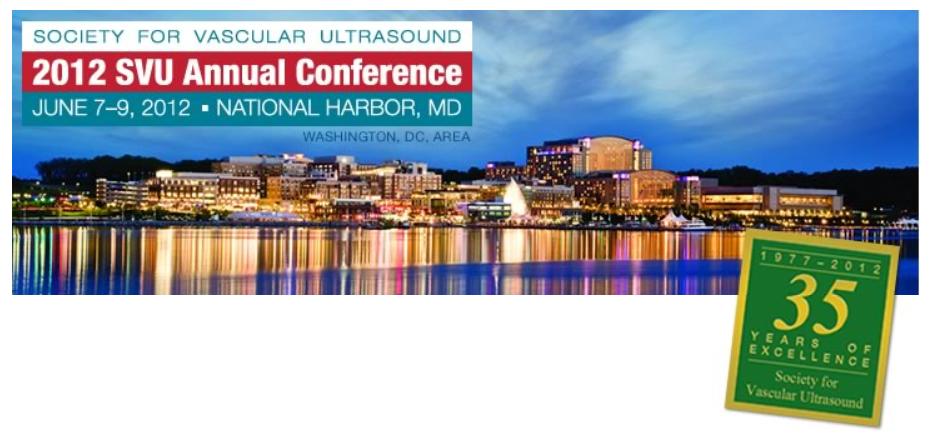
QVI wins the D.E Strandness Award at the 2012 SVU Annual Conference!
Read more about it!

To go to the
CASE OF THE MONTH!
Click the QVI logo


